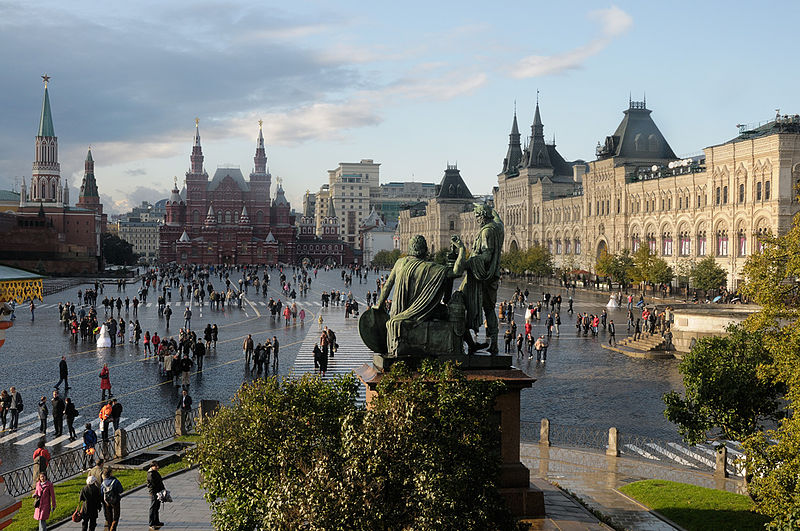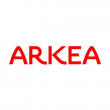Competition for Russia heats up as TMX boosts Moscow link
Trading infrastructure provider TMX Atrium has released a set of options for trading Russia through its connection to Frankfurt’s Equinix FR2 IBX data centre and the Moscow Exchange – a move designed to shepherd customers as rival providers stake out their own claims to the Russian market.
TMX Atrium opened its connection to Moscow’s M1 hosting facility in January. The firm now has “cost effective” access options allowing clients to choose how they access both Frankfurt and Moscow.
Atrium was acquired by Canadian exchange group TMX in August 2011. The firm has its own link between London and Frankfurt, which can be used to set up a London-Moscow route.
“As firms seek to broaden trading strategies and meet the growing regulatory drive for diversity into and out of key financial centres, offering a wide range of options and access to multiple markets is critical,” said Emmanuel Carjat, head of TMX Atrium. “We can connect clients located in the Equinix FR2 IBX data centre to other key locations such as Moscow, as well as provide quick and easy access into key markets and venues located across North America, Europe and Russia. Equally we can connect clients outside the Equinix FR2 IBX data centre to the venues and services located in FR2.”
Connectivity to Russia is a competitive market. BSO Network Solutions has its own link from London to Moscow, which it upgraded in March to achieve a roundtrip latency of 39.15 milliseconds. Meanwhile in August, Russia’s BCS Prime Brokerage launched an ultra-low latency data line between London and Moscow which it claimed is the fastest trading connection yet built between the two cities. The BCS link connects Moscow’s M1 data centre and the InterXion in London, with a latency that the firm reports is below 39 milliseconds. BSO Network Solutions has said it plans to make its link even faster by the end of the year.
Underpinning the expansion of western connectivity, Russia’s efforts to turn Moscow into an international financial centre have been a key government focus in recent years. At the end of 2011, the RTS and MICEX exchanges were merged to create a unified Moscow Exchange. Then in November 2012, a central securities depository was established. In March 2013, the exchange started to move securities to T+2 settlement, meaning that transactions are settled two days after the trade, rather than immediately on the spot as had been the case previously. The move was heralded by some market participants as the biggest in 20 years. In August, the exchange began offering a monthly 60% rebate of the trading fee to firms that pay more than £255 per month in trading fees.
Since April, TMX Atrium also connects to Poland’s Warsaw Stock Exchange, which has a market capitalisation of €120 billion and plans to make itself a regional power in central and eastern Europe. That compares against €610 billion for the Moscow Exchange, according to figures provided by the World Federation of Exchanges.












































